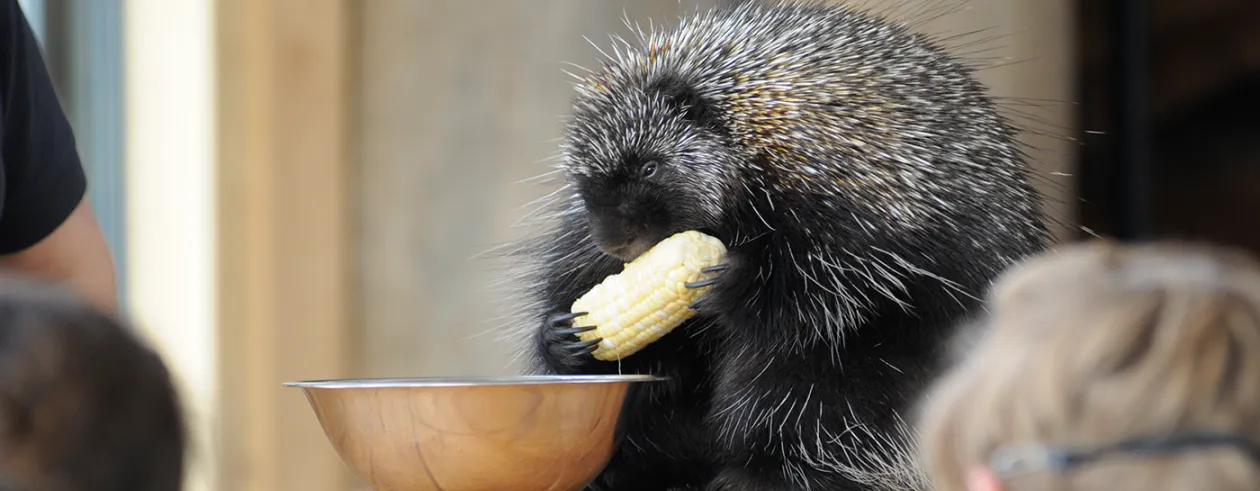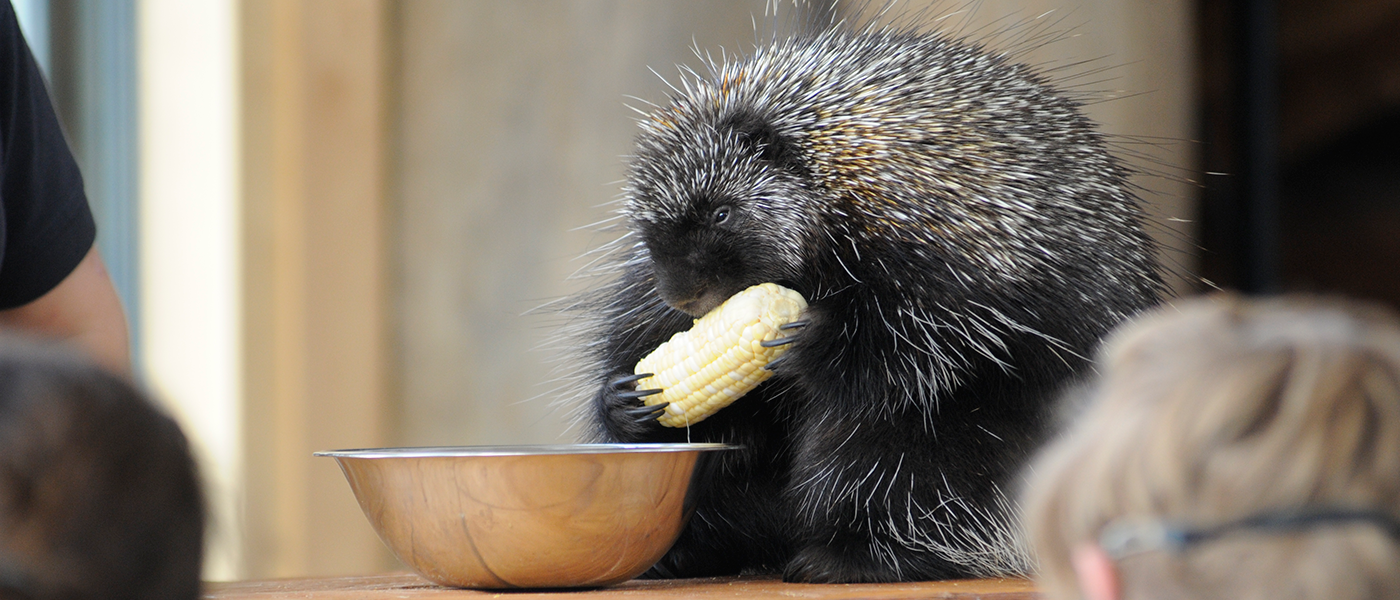
Animal Facts
Wildlife of the Adirondacks
There is one thing that’s for sure: the Adirondacks are not in short supply of wildlife (and no, I am not talking about the local taverns on a Saturday evening)! I’m talking about the magnificent wild animals that share our park with us. From spotting them along our trails and waterways to learning about them at The Wild Center, these mysterious creatures will have you opening your eyes (and ears) every time you step outdoors.
Did you know?
I have always been a sucker for trivial information. Usually, the weirder and more obscure the facts are, the more likely I am to remember them. Just ask my children. If they have to hear me say: “Did you know…” at the dinner table one more time, I think forks just might start flying. And when it comes to weird facts about the Adirondacks, I am usually that much more likely to remember and share.
Trivial Adirondack Animal Statistics
Did you know (see here I go) that there are reportedly 53 different species of mammals within the Adirondack Park? There are also over 220 different species of birds, about 66 different species of fish, and at least 30 species of reptiles! With this much wildlife in the area, there is sure to be some interesting facts to absorb. So I decided to pick the brain of The Wild Center's curator, Leah Valerio to find out what some of her favorite weird animal facts are.
5 Weird & Wacky Adirondack Animal Facts
1. Frogsicles Anyone?
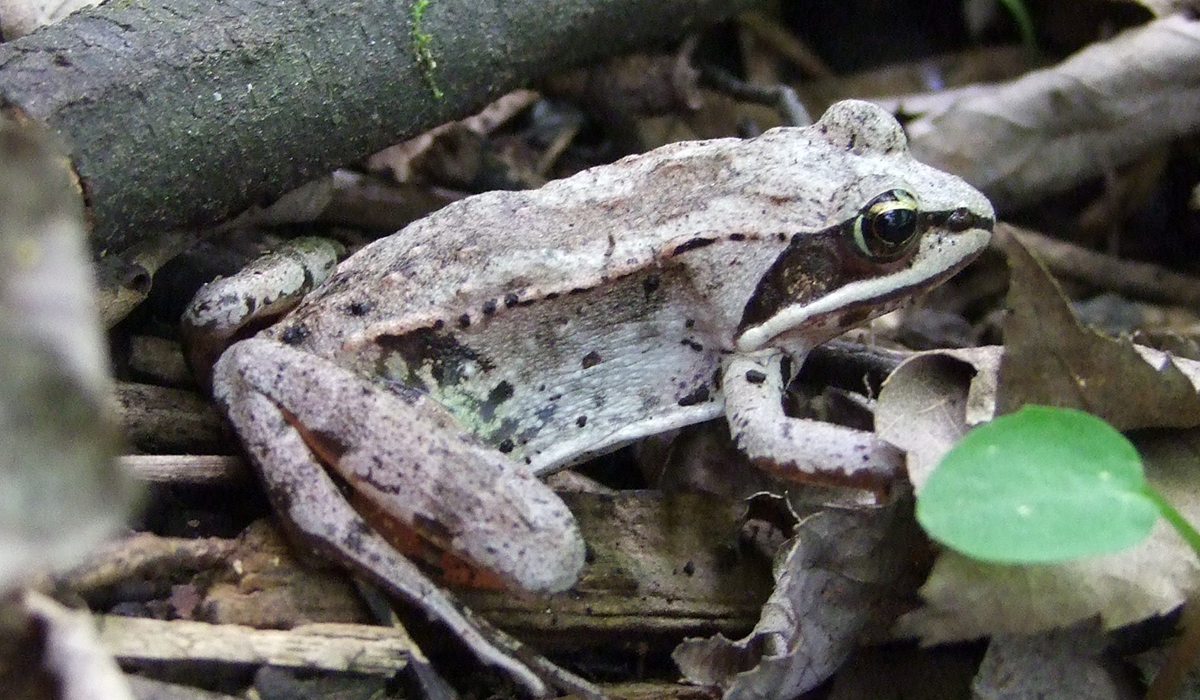
Did you know that the wood frog can tolerate freezing of up to 60-75% of the water in their bodies?
Are you wondering how they don't freeze to death? First, you need to remember that frogs are cold-blooded animals so their body temperature does not remain constant, but rather it fluctuates with the temperature of its environment. Most frogs survive the sub-zero winters by hibernating deep under our lakes, ponds, rivers and streams where they are never at or below freezing temperature. The wood frog is different as it hibernates by nestling down under rocks, stumps and the leafy detritus on the forest floor, which is well above the frost level. When the frogs start to freeze, their liver begins producing large amounts of glucose that flushes into every cell in its body. As a result, the cells don't actually freeze, they just become very dehydrated and full of massive amounts of sugar. In the spring, the frogs begin to thaw from the inside first then outward to reach the point where they can begin moving again.
What can we learn from the tree frog? Currently human organs can only last a few hours before the ice begins to significantly damage the tissue, making the organs not viable for transplant. Biologist are currently studying the freeze/thaw cycle to learn if there are ways that doctors can use this process to preserve harvested organs for transplant.
2. An interesting twist on the game of "Hide & Go Seek"
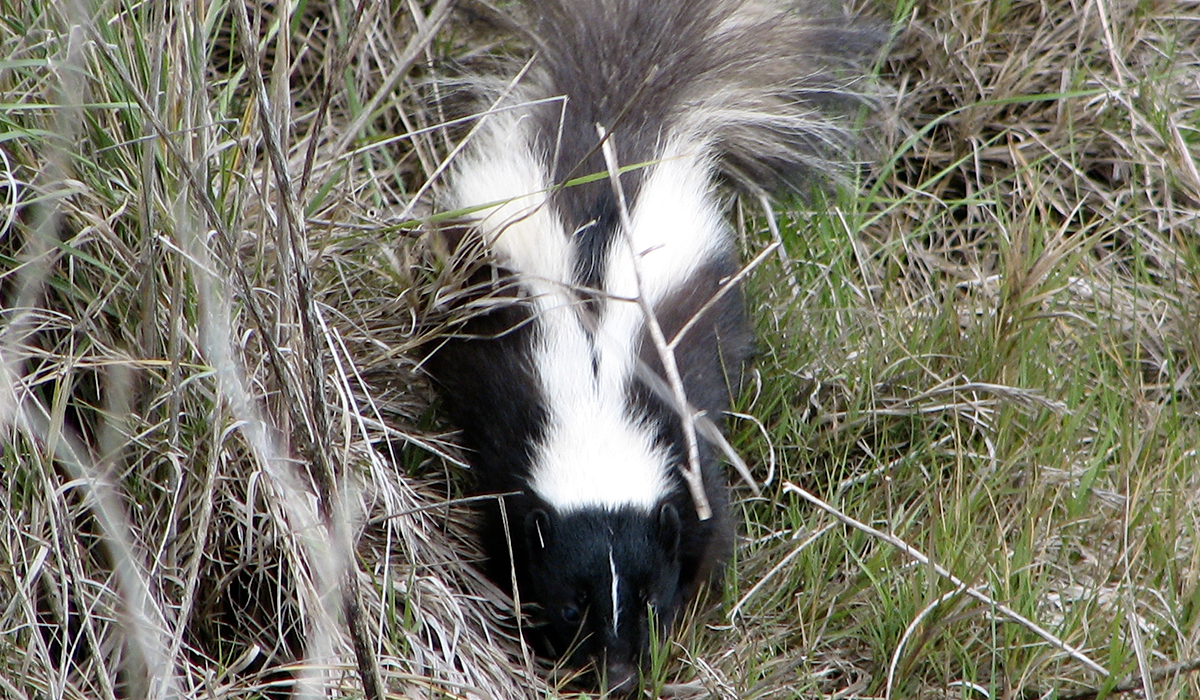
Did you know that the skunk's spray can cause temporary blindness?
We usually associate the skunk with the rancid smell of their musk, but interestingly it also serves as a second form of defense. The skunks spray contains sulfuric acid. If it gets into their predator's eyes it will cause a burning sensation and can even cause temporary blindness. Since skunks are flat-footed, slow moving animals, this allows them time to escape from danger unharmed.
3. Did you say prickle?
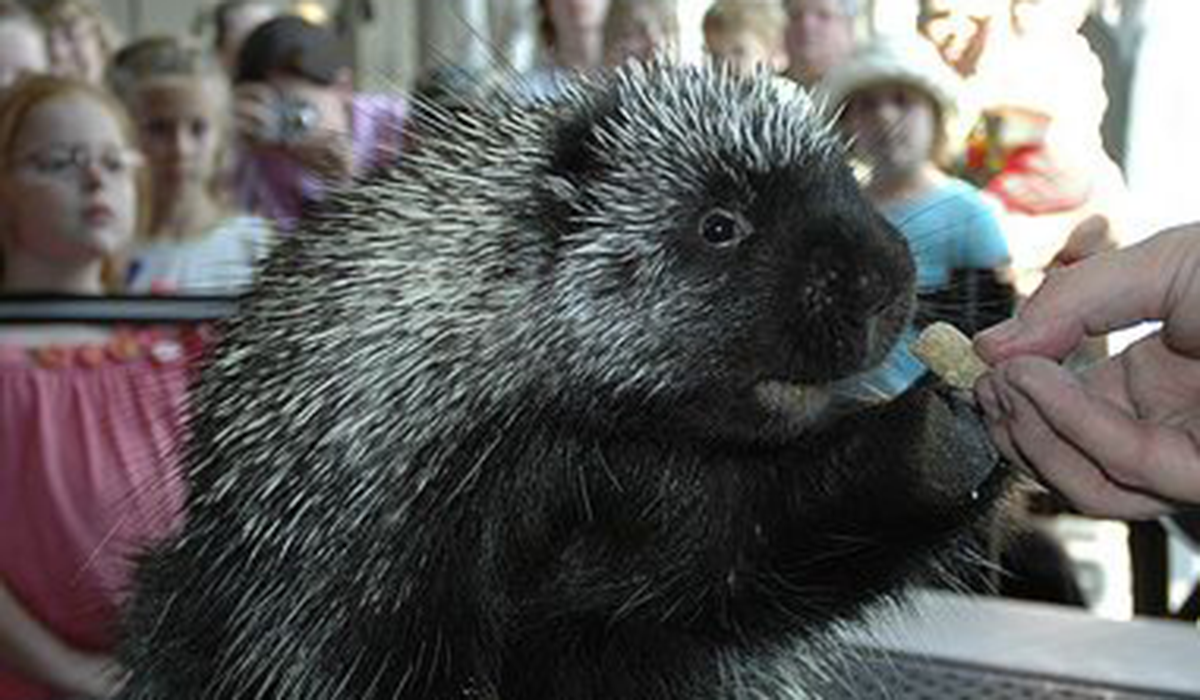
Did you know that a baby porcupine is called a porcupette and a group of porcupines is called a prickle?
This might not be the weirdest fact... but it is pretty cute! I usually refer to my kids as "the tribe" but I think from here on out they will be referred to as "the prickle" (well, at least on good days).
4. Play Dead!
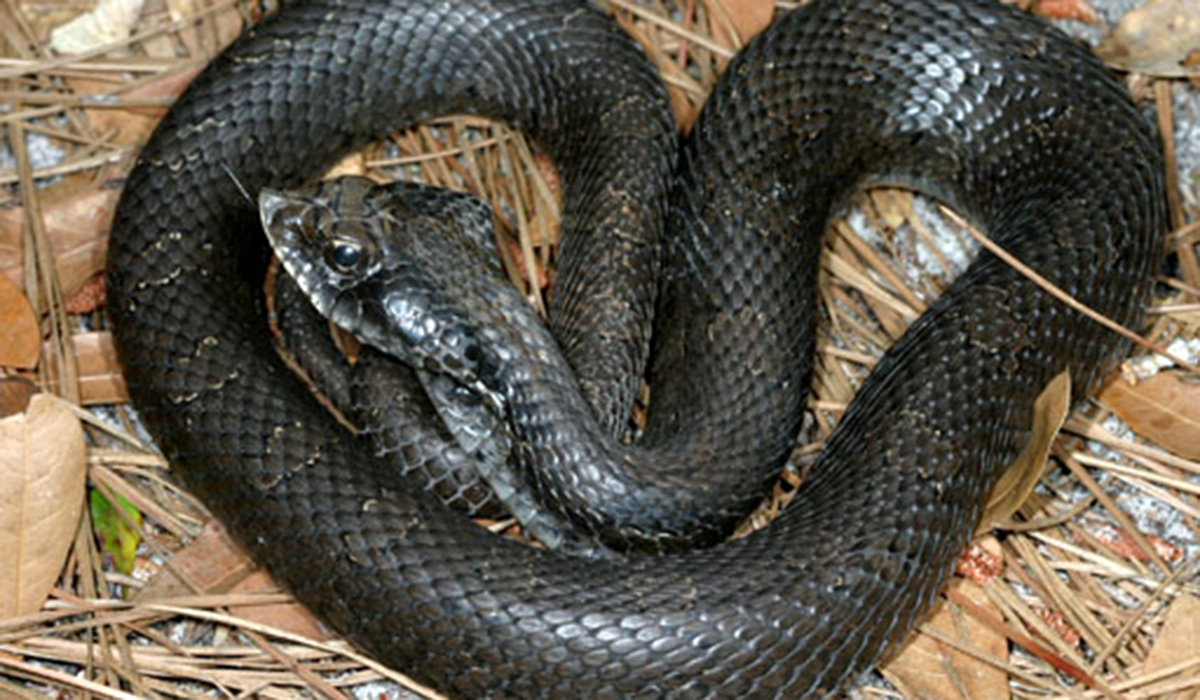
Did you know that the Eastern Hognose Snake often plays dead to ward off predators?
The Eastern Hognose Snake has unusual defensive behaviors. When they feel threatened they will often flair their heads and hiss, and if that doesn’t work they will wither as if in pain, flip upside, hang their tongues out and play dead.
5. Do the potty dance!
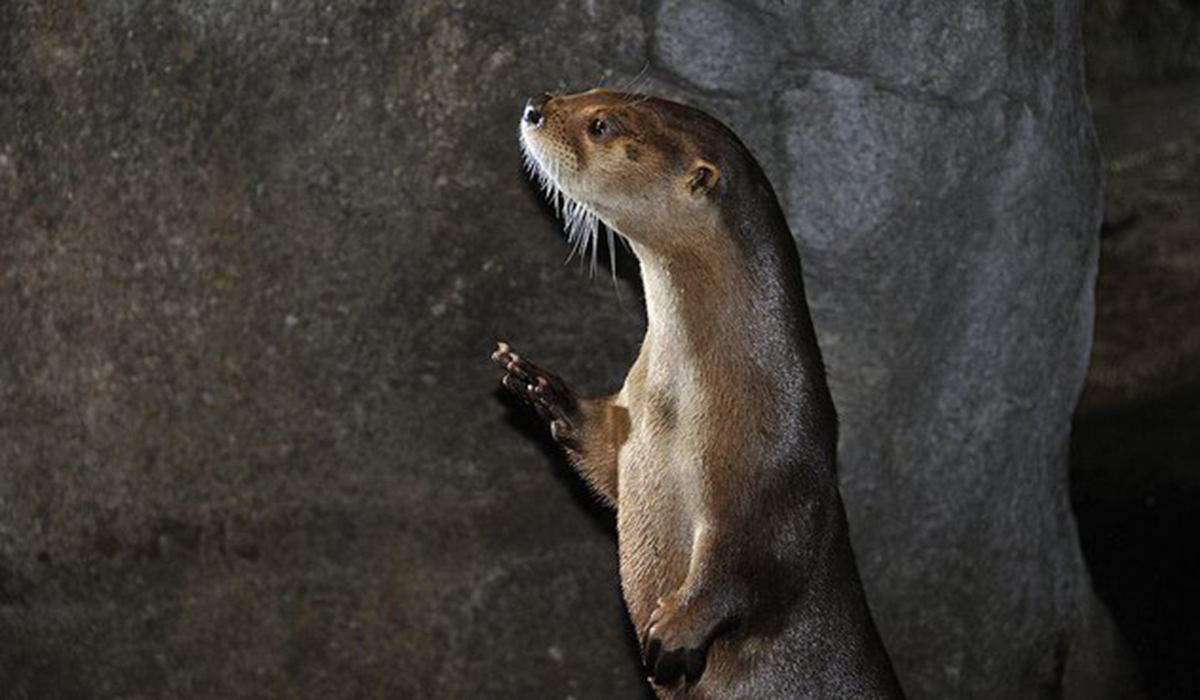
Did you know that the North American River Otters do a "latrine dance" when they deposit scat?
When the North American River Otters are at the latrine they will arch their back, wave their tail and tread their feed back (usually 6-8 times in a dancing motion) while they are defecating or urinating. In addition, they have special glands that deposit a strong musky scent during this dance which is used for communication. This kind of brings on a whole new meaning to the term "potty dance," doesn't it?
Come Meet Our Wildlife!
These are just some of the endless number of cool facts about the animals that call The Wild Center, and the Adirondacks, home. Don't let your fascination end here. Plan your own wildlife watching adventure! Start your journey off by learning about the Park's many majestic animals at The Wild Center. With both indoor and outdoor exhibits, The Wild Center is designed to have you interacting with nature though live animal exhibits, animal encounters, special programs, and wildlife viewing areas from The Center's network of nature trails.
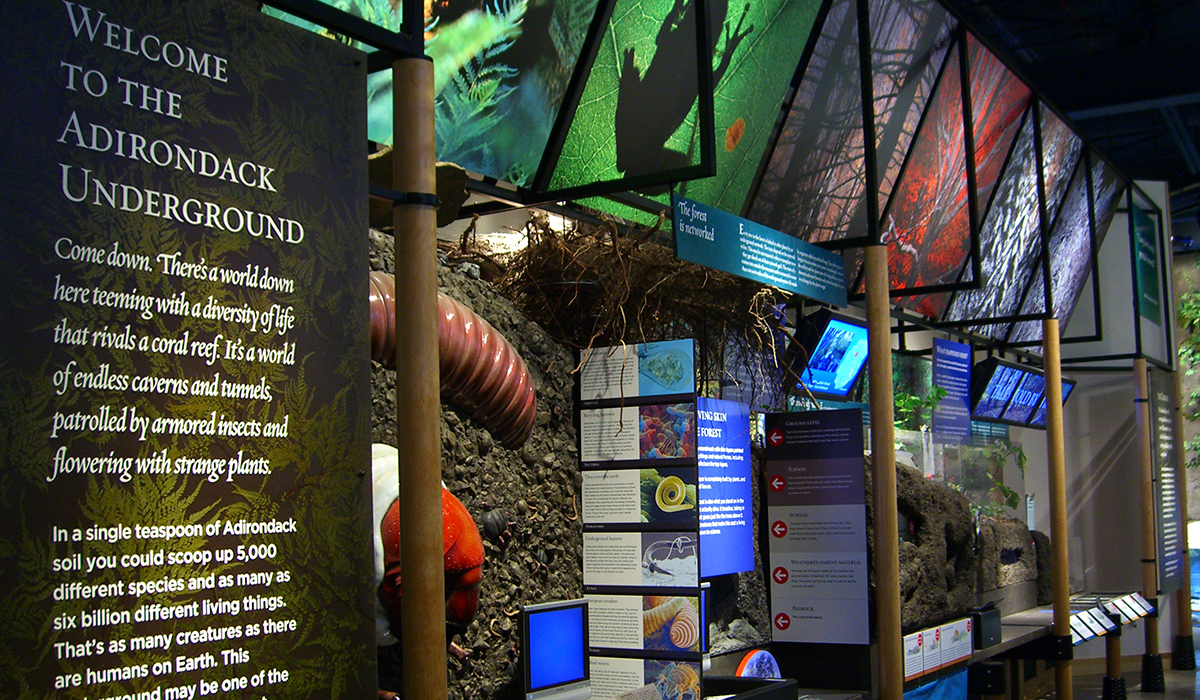
After visiting The Wild Center, continue into the animal's natural habitat by exploring our seemingly endless miles of beautiful Adirondack trails. For one of the best wildlife watching experiences, consider connecting with one of the area's certified guides. These are the experts when it comes to knowing how to track and identify the animals of the Adirondack Park. Let them lead you on an animal adventure that will have you talking for years to come.
With so much wildlife to watch, you will want to schedule a few days for your adventure. Start with a room and guide, then browse through some of the area dining options to start planning your own animal adventure today!
